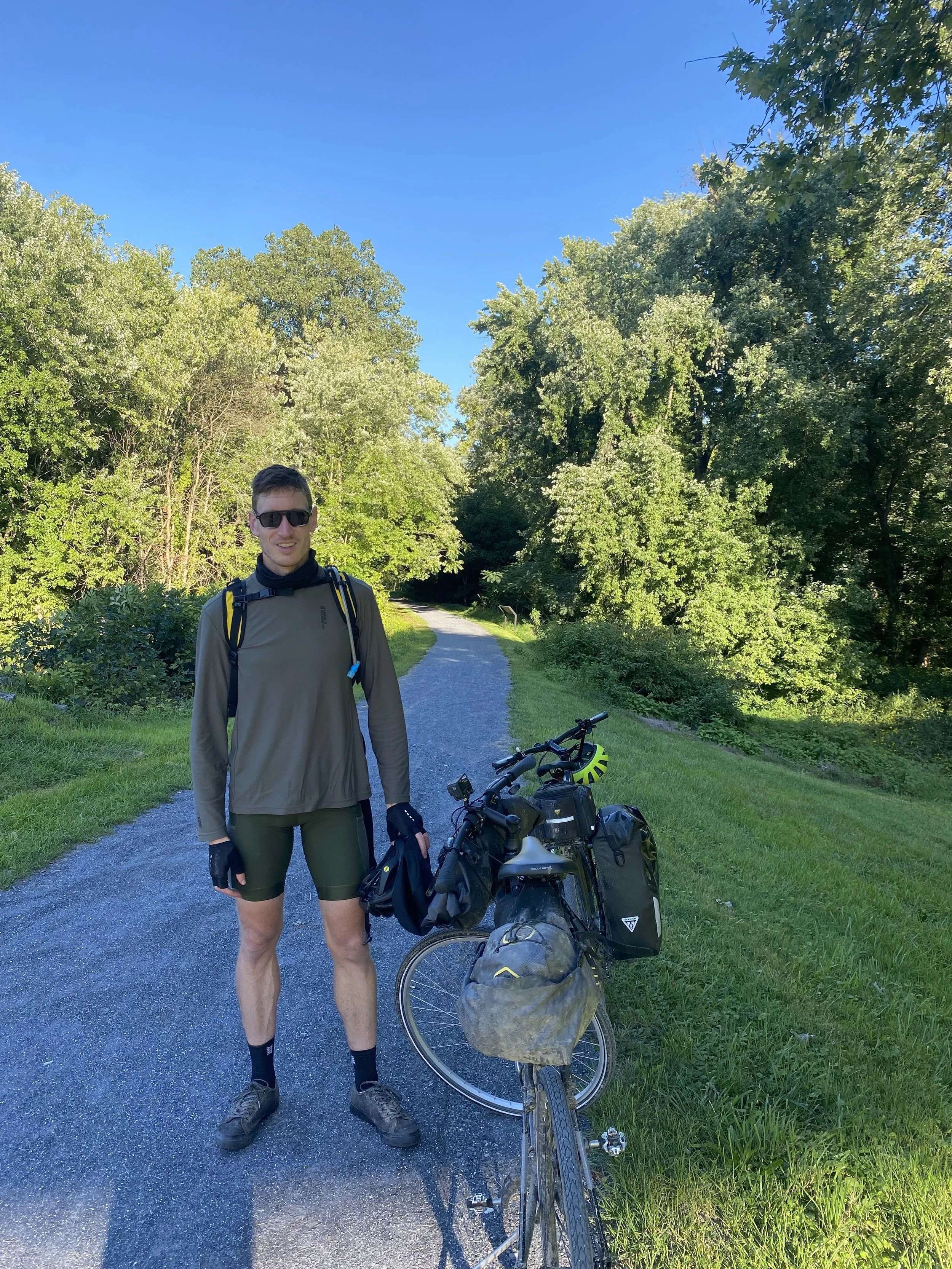Too Much, Too Soon
5 am. A steady rain pattered the concrete around me as I embarked on a morning run. A haze crawled through the downtown area and only the street lamps provided halos of illumination.
I was supposed to perform a 12 minute all-out effort after a 15-30 minute warmup. The day before I felt decent, but had a slight ache in my left knee and felt what could be a nascent shin splint in my right leg.
After a mile of warm-up I realized the pain was only worsening. The shin splint stabbed inside my leg. My left knee was visibly swollen and barely bending. I attempted a few 80 yard accelerations, but was unable to gain full-speed on any of them.
As I attempted one final burst of speed in my 12 minute run, I felt an additional twinge of pain in my collarbone (the one that broke). I knew that I was toast for the day. The body had enough.
In short, I reaped the consequences of attempting too much, too soon. I walked about a mile back to my apartment in the rain, completely unable to run.
How did this happen? Well, I was essentially bedridden for a month, and had attempted runs of one hour or more for 5 days a week immediately upon being cleared by an Orthopedic to run again. Obviously, this was not feasible at all.
It was a difficult experience for me; before the collarbone break I ran almost daily for 8 months with almost no issues. Suddenly it felt like my body was crumbling.
In a sense my body was crumbling. A collarbone break affects a wide range of upper body movements; I’m still severely limited in what I can do with my upper body. The lower body, unable to perform strength exercises, lost a lot of whatever adaptation to running I had accumulated.
By attempting too much running too soon, I invited a host of issues into my lower body. I have no choice but to take a step back.
I’d say that this is a lesson learned, but in truth I’m not sure. Time well tell. It has historically been my nature to overdo things. The blog title is “Maximal Matt,” not “Precautionary Matt.”
Sometimes I wonder if the end of me will come from an attempt to overdo an activity. Maybe it will be a 90-year-old attempt at an ultramarathon or a 100-year-old attempt to bike across the United States. This would be one of the more virtuous ways to go out in my opinion. The way I’ve always seen it is that you don’t truly know your limit until you’ve crossed it.
I crossed my limit the last two weeks; it hurts because as much as I want to attain the distances I feel that I’m capable of running, I know that this phase of running will have to be a slow build from a much smaller starting point.
When gloomy, I look for inspiration in runners who know how to always find joy in the experience. Camille Herron, the 100-mile world record holder for women, always seems to be smiling, even 80 miles into a treacherous trail run. Joy is possible, even in the suffering of it all.
Maybe I can’t run one hundred miles tomorrow, but I can still potentially enjoy the one that I can manage.
